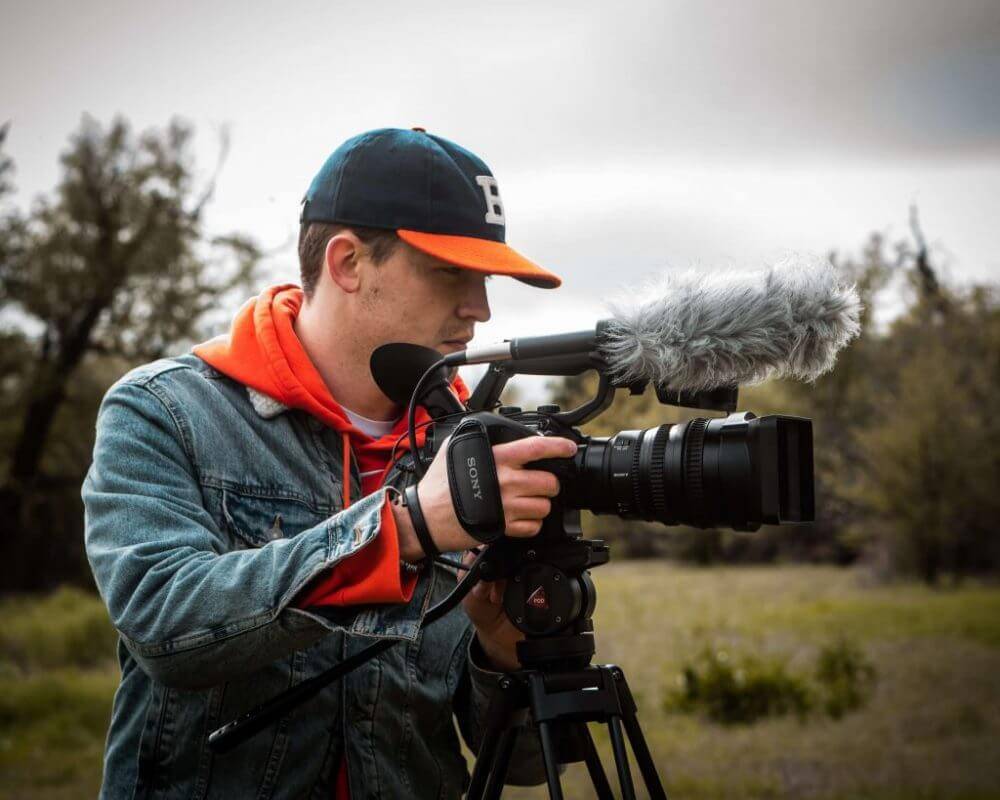Corporate video marketing is all about the numbers. Businesses that use it see a 41% increase in web traffic as much as a 300% increase in click-through rates in email marketing campaigns. Video posts on Facebook and other social media websites also see a huge organic increase in popularity. Naturally, increases in views are likely to lead to increases in sales as well. If you aren’t already using commercial videography as part of your marketing plan, you could be missing out. Even if you don’t think a video will help your business, it’s a good idea to implement it into your strategy. Using video marketing shows your audience that your business is technologically savvy, digitally inclined, and able to keep up with changing shopping trends and consumer needs.
Video Marketing Budgets
The first step to creating a strong commercial videography strategy is to determine your budget. This will help you decide which type of marketing video you can afford and how you’ll present it to your audience. For example, a testimonial video will be less expensive to make than a commercial ad, and posting it on social media will be more affordable than buying TV spots. Consider what you’ll need to include in your budget as well. In addition to paying actors, you’ll need to pay the behind-the-scenes crew. You’ll also need to pay for any wardrobe, set designs, or props, location rentals, music, and any special effects. Other factors include the number of days you’ll be shooting, meals you may provide, and the final mastering of your video. If you already have some ideas in mind, researching locations and other costs before creating your budget can help you determine an estimate.
Types of Marketing Videos

You can create a wide range of videos to help you advertise your business, but first, consider what you want to provide your audience. Do you want to showcase your product? Create a product video that highlights its unique features and demonstrates why it is beneficial to your audience. Perhaps you want to focus on teaching. A how-to video can provide information about using a product, give tips and tricks for the stock market, and much more. Real estate videography is often used to highlight new houses on the market or provide a glimpse at what it’s like to live in a certain neighborhood. There are other common types of marketing videos, as well:
- Welcome videos for websites
- Testimonials to instill trust
- Announcements of new products or services
- Interviews with CEOs or team members
- Company profiles
- Behind-the-scenes looks
Tips for Planning a Marketing Video
The first step in creating a solid commercial videography campaign is to decide on your target audience. Depending on your budget, you may even opt to create multiple videos that target different audiences, such as brand new viewers, potential customers who want more information, or new customers who wish to help setting up a product or service. Your audience will likely depend on what you’re trying to achieve with your video. Ultimately, your goal is probably to increase your sales, but how will you do that? Do you need to raise brand awareness? Increase engagement? Entice people into signing up for a free trial? There are endless possibilities.
Next, decide where you want to publish your video. Again, this depends on the type of video you’re creating and who is in your target demographic. If your video has a sense of urgency, such as announcing a sale, be sure to post it on social media platforms. Viewers check social media multiple times per day but aren’t likely to check out your website without a specific reason to do so. Once you decide on your video, your audience, and where to publish it, you can begin the production process.
Corporate Video Production Process

The production process contains three phases: pre-production, production, and post-production. Knowing what to expect of each stage can help you to ensure you’re making the most of your budget and staying on schedule for your planned video release.
The pre-production phase includes everything you need to do to set up for the big filming day. You’ll need to create a list of shots, cast any actors, and find your locations. Keep in mind that you’ll need permits to shoot in most places unless you own them. This phase is also when you’ll select props and wardrobe. On production day, ensure your actors, crew, and equipment are all available on time. Permits must be picked up and preparations such as scene lighting and blocking done before shooting. Once prepared, shooting the video happens. When shooting is a wrap, you can finally begin the post-production process. This involves transferring and organizing video files, syncing the video with the audio, and doing video effects such as removing logos or fixing skin tones.
Whether you’re shooting a traditional commercial or getting aerial shots with drone videography, one thing is certain: film production is beneficial but also quite complicated. If you aren’t already experienced in filmmaking, or if you need assistance with your marketing tactics, consider hiring a professional. EWR provides a wide variety of corporate videography options to help you raise brand awareness, sell your products, and make your mark in the digital world.
